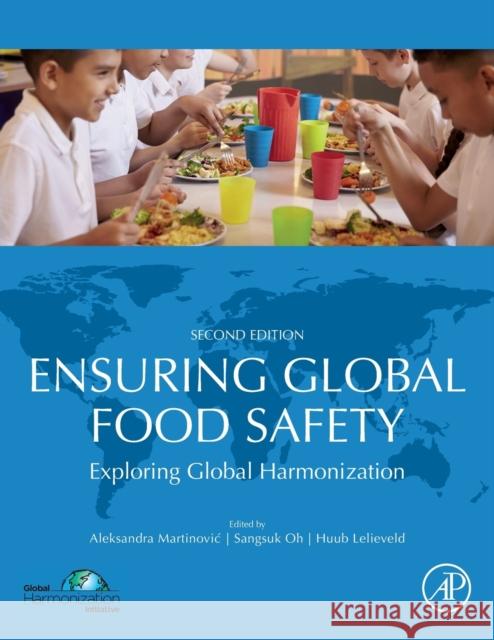Ensuring Global Food Safety: Exploring Global Harmonization » książka
topmenu
Ensuring Global Food Safety: Exploring Global Harmonization
ISBN-13: 9780128160114 / Angielski / Miękka / 2022 / 528 str.
Kategorie:
Kategorie BISAC:
Wydawca:
Academic Press
Język:
Angielski
ISBN-13:
9780128160114
Rok wydania:
2022
Ilość stron:
528
Waga:
1.27 kg
Wymiary:
27.94 x 21.59 x 2.9
Oprawa:
Miękka
Wolumenów:
01











